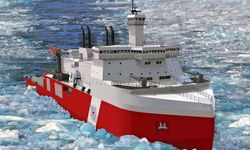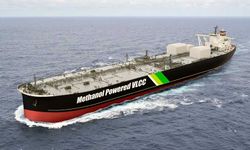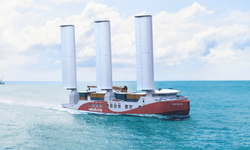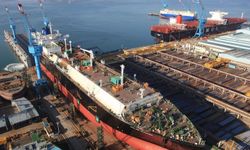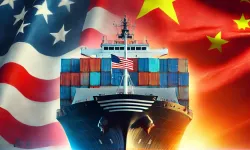This marks the most ambitious industrial strategy in the sector since World War II, driven by increasing geopolitical competition in the Arctic, where climate change is opening new sea routes.
US Fleet
The US currently has only 185 ocean-going commercial vessels, compared to China’s 5,500. To counter this disparity, the administration plans to merge military and commercial shipbuilding efforts, offering financial incentives such as tax credits, grants, and trade sanctions. A key priority is the construction of icebreakers, with ongoing cooperation between the US, Canada, and Finland.
Strategic Concerns
Foroohar highlights that strategic concerns extend beyond shipbuilding. BlackRock’s recent acquisition of ports in the Panama Canal from Hong Kong billionaire Li Ka-shing reflects US efforts to curb Chinese maritime influence. The administration is also considering imposing port fees on Chinese vessels and increasing its security presence in the Arctic.
This initiative represents a major shift in US maritime policy, focusing on strengthening national security and global trade dominance.
However, Foroohar notes that rebuilding America’s maritime capacity will require strong alliances, as the US seeks to establish itself as a key player in the evolving Arctic landscape.

